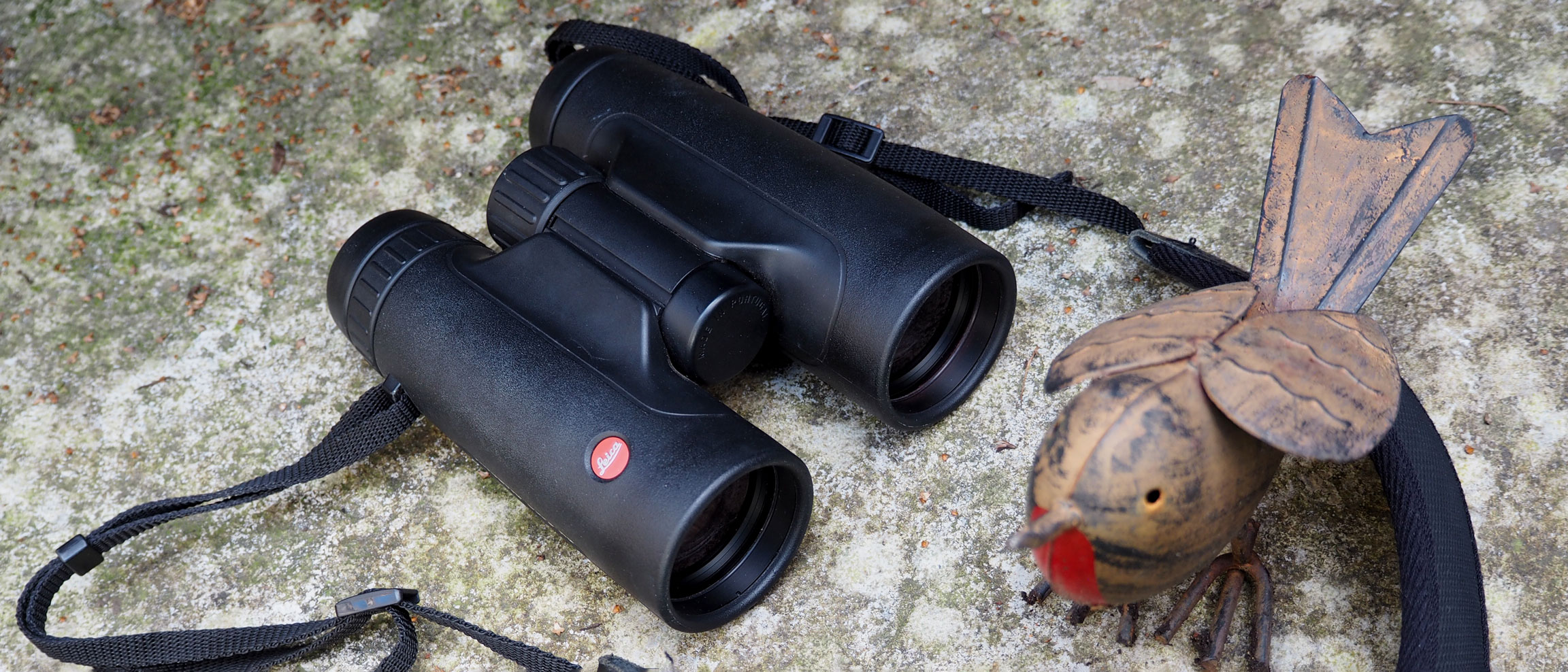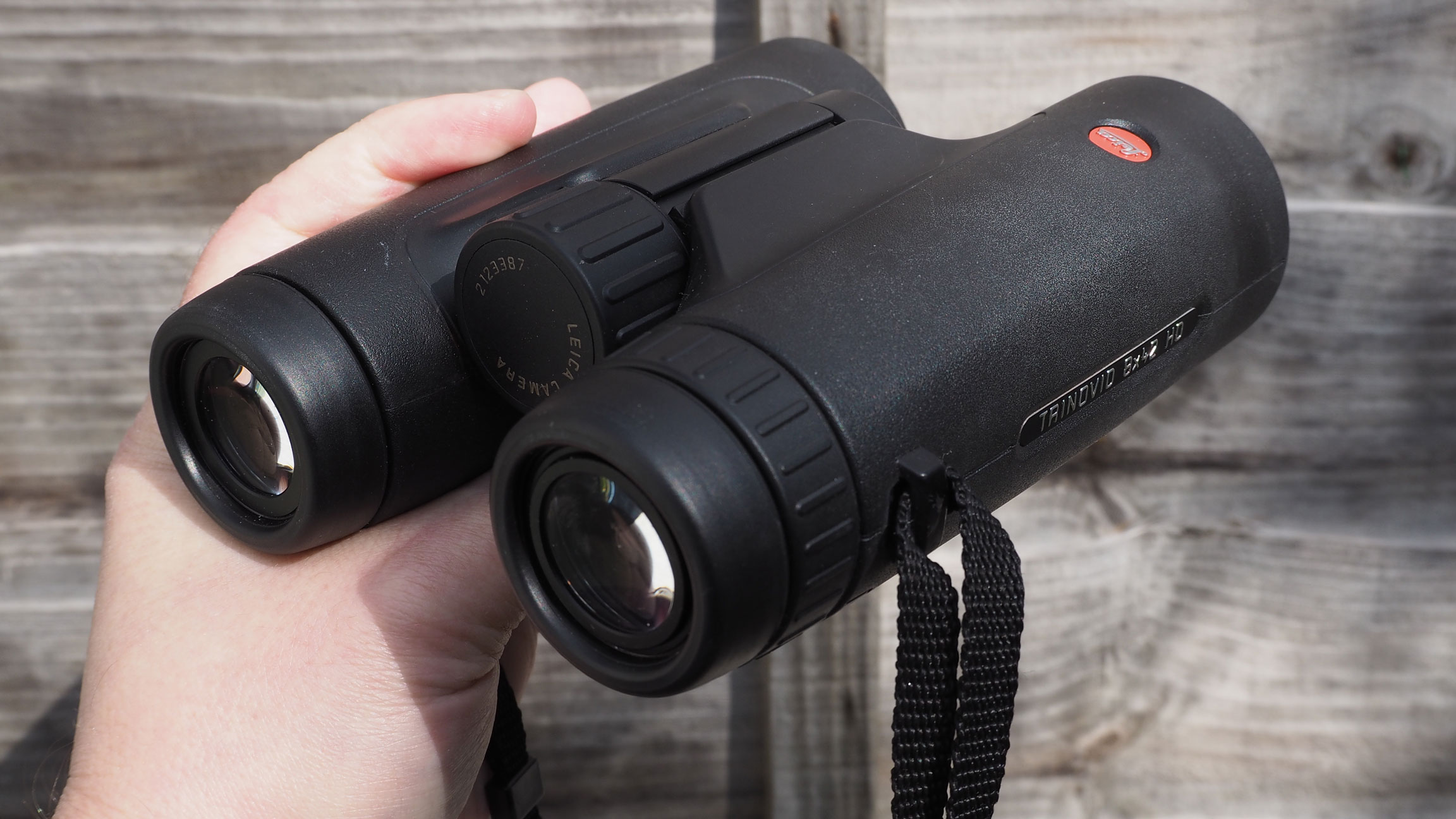Digital Camera World Verdict
This is a relatively compact yet solid option in every definition of the word ‘solid’, while for those with the cash to spend who are serious about their hobby, the Leica Trinovid 8x42 HD offers an entry point into the premium binocular market. ‘Trinovid’ apparently stands for ergonomic construction, true internal focusing and superior optical performance – and here we believe Leica has truly ticked those particular boxes, albeit at a price.
Pros
- +
Razor sharp viewing and color
- +
Solid, grippy rubber exterior
- +
Good brightness in dim light
- +
Large field of view
- +
Water resistant
Cons
- -
Pricey compared to budget binos
- -
10x version better for long range
Why you can trust Digital Camera World
The Leica Trinovid HD 8x42 binoculars come from a German brand globally renowned for its world-class optics, and it would be surprising if we didn’t place at least one pair of Leica binoculars on our test slab.
This particular pair however prominently proclaims that it is made in Portugal rather than Germany on the front dial. While it’s been designed for keen birdwatchers and nature lovers, personally we prefer the bit of extra ‘poke’ in the magnification department a 10x42 rather than an 8x42 brings, and which Leica does actually offer too, but, as always, there’s a trade off in terms of both price and the physical size and weight of the binoculars. This pair is roughly the width of a CD case, unfolded, meaning they will squeeze into a roomy jacket pocket, though the provided neck/shoulder strap makes for more comfortable transportation of the 730g device for a wildlife spotting walk through the local woods.
Specifications
Magnification: 8x
Objective diameter: 42mm
Field of view at 1000m: 123.5 metres
Closest focusing distance: 1.8 metres, 5.9 ft
Eye relief: 17mm
Weight: 730g
Dimensions: 117x140x65mm
Key features
For those wanting a decent pair of multi purpose binoculars, the black liveried Leica Trinovid HD 8x42 offers an 8x magnification to drag skittish wildlife that bit closer, plus a wide and bright 42mm objective lens. In practice, we were able to seek out and pinpoint our quarry in the depths of the shadows between the trees with this 10x42 version – a squirrel amid bracken to take one example – on a stroll through the local woods.
For those seeking extra reassurance for the fairly sizeable investment, Leica also claims its Trinovid HD 8x42 is impact resistant, meaning that it should withstand the odd knock or tumble that’s near unavoidable with a piece of kit you’re going to be using long term. Durable and dependable are the watchwords here. That also includes a claimed water resistance to a depth of 13ft or four metres – something we didn’t attempt to replicate during our test period. Nevertheless the fact these are O-ring sealed and nitrogen purged to prevent fogging will provide the user with added peace of mind.
Our review sample came without any lens caps or eyepiece covers, though we believe tethered lens caps are provided at retail. We did however get a canvas carry case to keep the binos dust-free when not in use.
Build and handling
Feeling very solid when gripped in the palm and presented in a matt black rubberised finish, it’s possible to hold these relatively compact yet surprisingly weighty Leica binos good and steady, even when viewing objects at maximum magnification.
The best camera deals, reviews, product advice, and unmissable photography news, direct to your inbox!
As with most other premium binoculars, the length of the eye relief here is manually adjustable, the eyecups extendable via a simple anti-clockwise twist, while a large and prominent ridged dioptric adjustment wheel on the right eyecup allows vision to be optimally adjusted for spectacle wearers.
Naturally a focus wheel is provided dead centre of the two eyepieces, where it can be adjusted with a brief nudge left or right of your middle finger while gripping the unit. Thus precise focusing was achievable in seconds whilst we maintained eyes on our chosen subject.
Performance
With precise focus achievable in seconds, and a folding mechanism allowing the binoculars to be equally precisely adjusted to exactly fit the distance between your eyes, anyone can pick up the Leica Trinovid HD 8x42 and be seeking out places or subjects of visual interest within seconds. Performance is consistent and vision clear and punchy with it, whether viewing subjects a few metres away or much further afield. There’s sufficient brightness and clarity delivered that we weren’t losing detail even in the dim.
As we’ve outlined above, the binoculars are intuitive and so, therefore it follows, quick and easy to use. In short, here Leica offers users a fuss free if not inexpensive option for birding and beyond.
Verdict
Leica is one of the most respected and renowned brands in the world when it comes to both quality of its products’ construction and the performance of its lens technology – and as a premium pair of binoculars the reassuringly expensive Leica Trinovid 8x42 HD doesn’t disappoint. Attach the provided neckstrap and you can quite comfortably wear these all afternoon for a nature walk without an aching neck at the end of it all, while the optics provide sufficient clarity and contrast to observe the true detail of whatever mother nature may throw at you. Factor in the manufacturer’s promise that these binos are additionally almost indestructible, in being both impact resistant and water resistant, and – if the size, magnification and price match your budget – you’ll be rewarded with years of use.
Read more:
• Best binoculars
• The best monoculars
• Best night vision binoculars
• Best opera glasses
• Best spotting scopes
• Best binocular tripod adaptor
• Best binocular harnesses
Gavin has over 30 years’ experience of writing about photography and television. He is currently the editor of British Photographic Industry News, and previously served as editor of Which Digital Camera and deputy editor of Total Digital Photography.
He has also written for a wide range of publications including T3, BBC Focus, Empire, NME, Radio Times, MacWorld, Computer Active, What Digital Camera and the Rough Guide books.
With his wealth of knowledge, Gavin is well placed to recognize great camera deals and recommend the best products in Digital Camera World’s buying guides. He also writes on a number of specialist subjects including binoculars and monoculars, spotting scopes, microscopes, trail cameras, action cameras, body cameras, filters and cameras straps.






